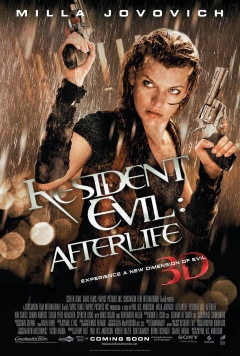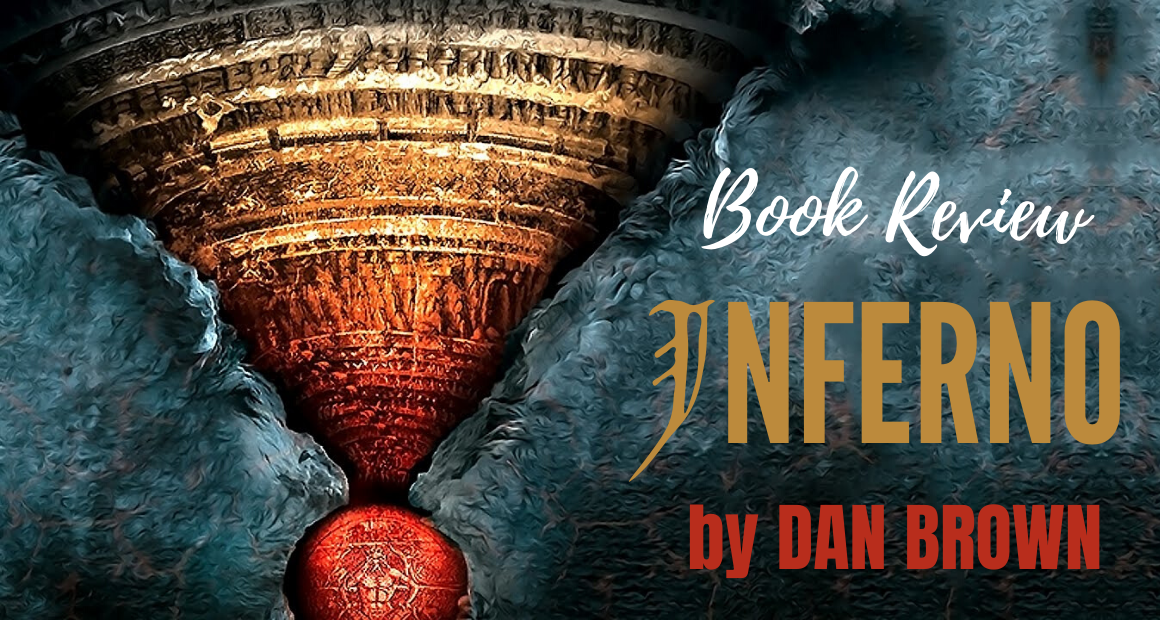Resident Evil: Afterlife Review: A Critical Analysis

Table of Contents
Action and Visual Effects in Resident Evil: Afterlife
Resident Evil: Afterlife is undeniably a film that prioritizes action. The movie is packed with high-octane sequences, showcasing Milla Jovovich's Alice in a variety of intense fight scenes. However, the question remains: are these action scenes effective in driving the narrative, or do they simply serve as flashy distractions? The film's reliance on action, while entertaining for some, may leave others wanting a more balanced approach.
The visual effects, particularly the 3D presentation, were a key selling point at the time of release. But did the 3D enhance the viewing experience, or did it feel like a mere gimmick? While some CGI elements, such as the creature designs, were impressive, others felt less polished, especially when compared to more modern film productions.
- High-octane action scenes, but are they effective? The sheer number of action sequences sometimes overshadows the plot development, making the narrative feel somewhat fragmented.
- 3D presentation – a boon or gimmick? The 3D added a layer of depth to some scenes, but it wasn't consistently utilized to its full potential. In many cases, it felt unnecessary.
- CGI creature design and its impact on the overall aesthetic. While some creatures looked genuinely terrifying and well-integrated, others felt somewhat generic and unconvincing.
- Use of slow-motion and other cinematic techniques. Slow-motion was frequently employed to highlight the action, though sometimes at the cost of pacing and tension.
Plot and Narrative in Resident Evil: Afterlife Review
The plot of Resident Evil: Afterlife is arguably the film's weakest element. Compared to the intricate narratives of the video games, the film's storyline feels simplistic and somewhat incoherent at times. While the film attempts to advance Alice's character arc and introduce new characters, the overall plot lacks the depth and complexity of its source material. The motivations of some characters feel underdeveloped, leading to a sense of disconnect for viewers familiar with the games' established lore.
- Alice's character arc and its effectiveness. While Alice remains a strong and capable protagonist, her development in this film feels somewhat stagnant, particularly in comparison to her previous iterations.
- Introduction of new characters and their impact. Several new characters are introduced, but their roles often feel underdeveloped and underutilized, failing to meaningfully impact the overall narrative.
- Logical consistency of the plot and its adherence to established lore. The film takes significant liberties with the established lore, which might disappoint fans expecting a closer adaptation of the games' storyline.
- Comparison of the plot to the video game series. The film's plot departs significantly from the video game storylines, focusing more on action and spectacle rather than intricate plot developments and character motivations.
Performances and Character Development in a Resident Evil: Afterlife Review
Milla Jovovich continues to deliver a strong performance as Alice, embodying the character's strength and resilience. However, the supporting cast's performances are somewhat uneven. Some actors effectively contribute to the film's action scenes, while others are somewhat underutilized. The character development within the film itself is also rather shallow; many characters feel like one-dimensional archetypes rather than complex individuals.
- Milla Jovovich's portrayal of Alice. Jovovich continues to be the film's strongest asset, delivering a consistently compelling performance even amidst a somewhat weak narrative.
- Supporting characters' performances and screen time. The supporting cast is largely competent but not particularly memorable. Several characters lack sufficient screen time to develop properly.
- Character relationships and their impact on the story. While there are some attempts to establish relationships between characters, these connections feel largely superficial and don't significantly impact the storyline.
- Effectiveness of character motivations. The motivations of many characters, both protagonists and antagonists, feel unclear and underdeveloped, weakening the film's overall narrative impact.
Comparison to Other Resident Evil Films and Video Games
Resident Evil: Afterlife represents a significant shift in tone and style from previous films in the series. While the earlier films attempted (to varying degrees of success) to remain somewhat grounded in the survival horror atmosphere of the video games, Afterlife embraces a more action-oriented approach. In terms of plot, it diverges significantly from both the games and the preceding films, forging its own path within the franchise.
- Differences in tone and style. The film trades the survival horror elements of earlier installments for a more pronounced action-adventure focus.
- Consistency with established lore and characters. The film makes several changes to established lore and character backstories, sometimes to the detriment of the overall narrative.
- Overall quality compared to other films in the series. Opinions vary widely on Afterlife's quality compared to other films in the series, with some considering it a fun, mindless action flick, while others view it as a disappointing entry.
- Relevance to the video game storyline. The film has limited relevance to the video game storyline, choosing to create its own unique narrative.
Conclusion: Final Thoughts on Resident Evil: Afterlife – A Concluding Review
Resident Evil: Afterlife is ultimately a mixed bag. While it delivers on action and visual spectacle, particularly in its 3D presentation, it falters in its narrative coherence, character development, and adherence to the established lore. Milla Jovovich's performance remains a highlight, but the supporting cast and thin plot are significant weaknesses. Whether this Resident Evil: Afterlife review resonates with your own experience depends largely on your expectations. If you’re looking for pure, unadulterated action, you might find it entertaining. But those seeking a compelling storyline or a faithful adaptation of the games might be left wanting.
Have you seen Resident Evil: Afterlife? Share your thoughts on this Resident Evil: Afterlife review in the comments below! And be sure to check out our other Resident Evil film reviews. #ResidentEvilAfterlife #ResidentEvilMovie #HorrorMovieReview #ResidentEvil

Featured Posts
-
 Uk Rarest Wildlife On Brink After Devastating Wildfires
May 13, 2025
Uk Rarest Wildlife On Brink After Devastating Wildfires
May 13, 2025 -
 Earth Series 1 Inferno A Comprehensive Review
May 13, 2025
Earth Series 1 Inferno A Comprehensive Review
May 13, 2025 -
 Natural Fiber Composites Market A Global Perspective And Forecast Until 2029
May 13, 2025
Natural Fiber Composites Market A Global Perspective And Forecast Until 2029
May 13, 2025 -
 Families Plight The Ongoing Nightmare Of The Gaza Hostage Crisis
May 13, 2025
Families Plight The Ongoing Nightmare Of The Gaza Hostage Crisis
May 13, 2025 -
 Wie Wint De Serie A Inter Napoli Atalanta Analyse Van De Resterende Wedstrijden
May 13, 2025
Wie Wint De Serie A Inter Napoli Atalanta Analyse Van De Resterende Wedstrijden
May 13, 2025
